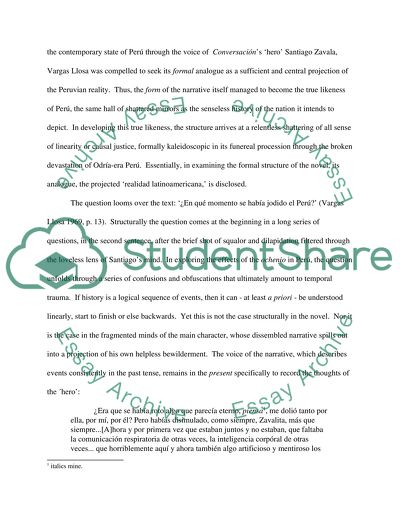Cite this document
(“Peruvian despair in Vargas Llosas Conversación en la catedral Book Report/Review”, n.d.)
Retrieved from https://studentshare.org/sociology/1521884-peruvian-despair-in-vargas-llosas-conversaci243n-en-la-catedral
Retrieved from https://studentshare.org/sociology/1521884-peruvian-despair-in-vargas-llosas-conversaci243n-en-la-catedral
(Peruvian Despair in Vargas Llosas ConversacióN En La Catedral Book Report/Review)
https://studentshare.org/sociology/1521884-peruvian-despair-in-vargas-llosas-conversaci243n-en-la-catedral.
https://studentshare.org/sociology/1521884-peruvian-despair-in-vargas-llosas-conversaci243n-en-la-catedral.
“Peruvian Despair in Vargas Llosas ConversacióN En La Catedral Book Report/Review”, n.d. https://studentshare.org/sociology/1521884-peruvian-despair-in-vargas-llosas-conversaci243n-en-la-catedral.


